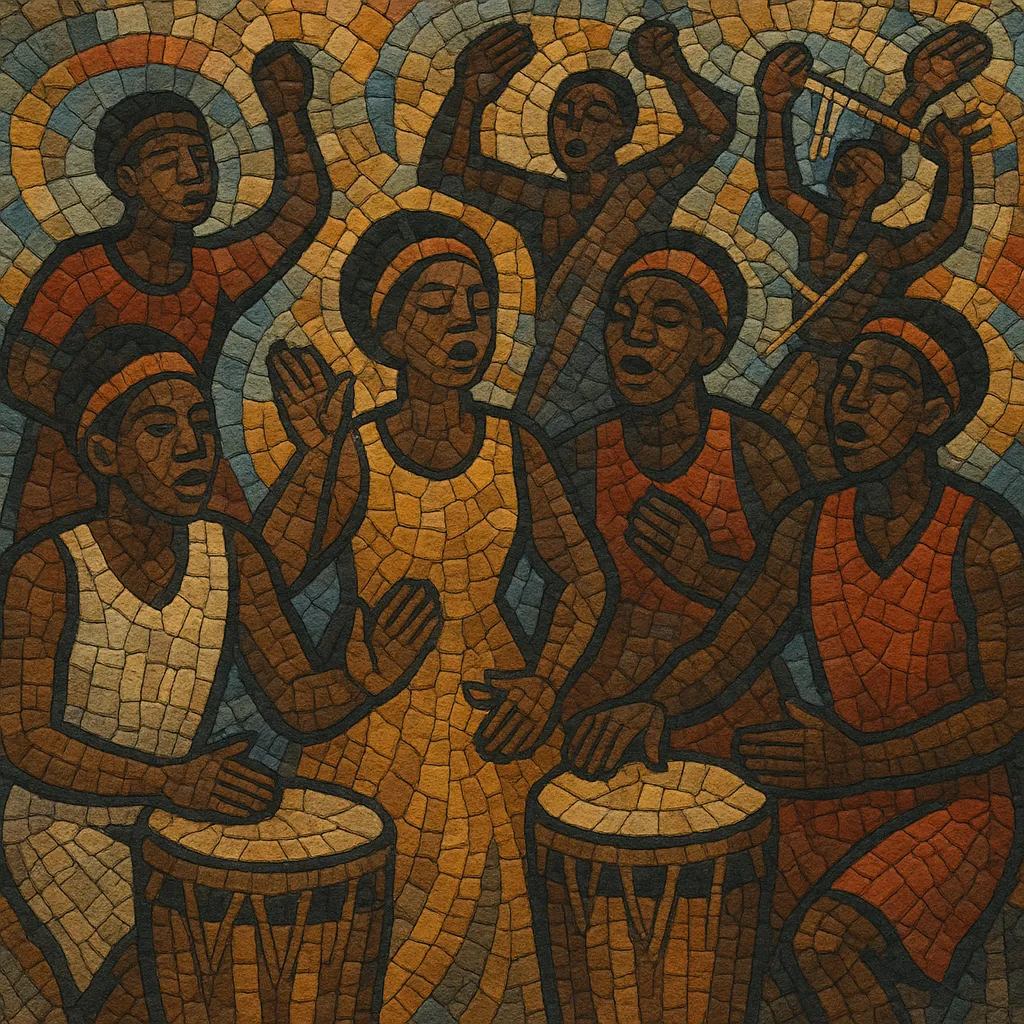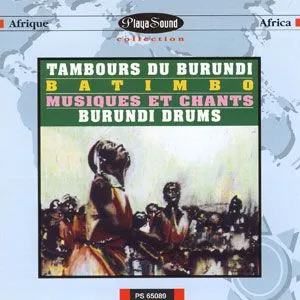Inkiranya is a traditional Rwandan performance style centered on communal singing, dance, and interlocking drum patterns. It is typically heard at community celebrations, rites of passage, and cultural festivals, where a lead singer or caller is answered by a responsive chorus.
Musically, Inkiranya favors polyrhythmic drumming (ingoma) and call‑and‑response vocals supported by handclaps, whistles, and ululations. Melodic accompaniment can include indigenous instruments such as the inanga (a trough zither), umuduri (musical bow), and ikembe (thumb piano), with melodies often drawing from pentatonic or heptatonic modal material.
As a living tradition, Inkiranya balances historical repertory with contemporary staging. Ensembles preserve core rhythmic cycles and dance vocabularies while adapting presentation for stage and festival contexts.
Inkiranya traces its roots to pre‑colonial Rwanda, where communal song‑dance forms accompanied social cohesion, praise, and commemoration. Performances integrated narrative poetry, call‑and‑response singing, and layered drumming that reflected broader East African rhythmic aesthetics.
Through the 20th century, urbanization and cultural institutions helped move Inkiranya from purely local contexts into staged, pedagogical, and national settings. Cultural troupes codified choreographies and standardized ensemble roles (lead caller, choral responders, principal drummers, dancers), ensuring transmission to younger generations.
From the late 20th century onward, Rwandan traditional troupes touring abroad and diaspora communities brought Inkiranya to international festivals. Its polyrhythms and responsive choral textures resonated with world‑music audiences and influenced hybrid projects that paired traditional percussion and vocals with modern amplification and staging.
Today, Inkiranya remains a vibrant part of Rwanda’s cultural life. School and community ensembles teach foundational rhythms, movement, and repertoire, while professional troupes present concert versions. Contemporary artists sometimes fuse Inkiranya elements with popular and world‑fusion idioms, expanding its reach while preserving its core communal and ceremonial identity.



